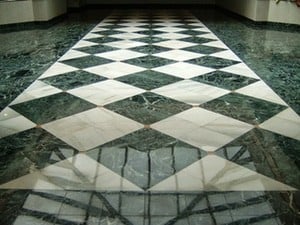Dusty concrete surfaces are not only a construction problem it is also dangerous to have around the home or on the construction site.
Why marble has a dusty powder on the surface.
Marble is commonly used for sculpture and as a building material.
Applying the marble dust yourself is possible if you rent the correct tools and work quickly.
Etching the dull spot created when liquids containing acids are spilled on marble is called etching.
Dusting concrete can be caused by a number of things.
There are two types of cement that can be mixed with marble that will form a product that is hard and resilient.
Marble is a metamorphic rock composed of recrystallized carbonate minerals most commonly calcite or dolomite marble is typically not foliated although there are exceptions in geology the term marble refers to metamorphosed limestone but its use in stonemasonry more broadly encompasses unmetamorphosed limestone.
Bleed water carries cement and finer particles to form a layer of laitance on the slab surface.
Excessive bleed will create a relatively porous skin that has a tendency to dust.
The marble dust is also known as plaster or marcite.
You can also achieve smooth and silky surface by using this powder.
Use protective gloves while applying this powder and do not inhale.
To repair a worn stone surface it will be necessary to have a professional hone and polish it 2.
What causes a dusting concrete surface.
To prevent excessive wear it is important to keep the floor dust mopped place walk off mats at all entrances.
Run the cloth over the surface making a circular motion in the spots that need a little extra pressure.
Continue to buff the marble until the sealer is completely soaked into the stone and the marble feels dry.
Dusting chalky or powder concrete slabs or floors are a problem in many respects.
The mixing methods however are the same.
Dusting surfaces powder under any kind of traffic and can be easily scratched with a nail or even by sweeping.
Powder itself creates very reflective finish just like polished marble tiles.
Marble dust is a primary ingredient in acrylic gesso a surface primer for canvases and other surfaces intended for painting.
White marble dust is one of the most popular colors according to pools of perfection.
The dust is also used to make plasters such as marmorino and venetian plaster as a filler in paint or in frescoes to replace sand.
Most of the times one application is enough for the desired shiny look unless you have a highly damaged marble surface.
Marble dust can be mixed with various types of cement to form precast marble molded concrete.
If the surface has a tacky or sticky feel continue to buff until the marble is smooth.
Don t scrub as this could scratch the marble.
Wipe marble with a damp cloth.
It reflects the blue sky during the day and results in a sparkling and inviting pool area.
Type s and portland cement.



















